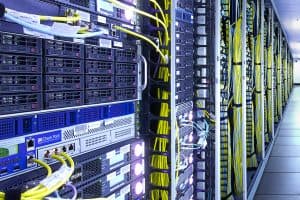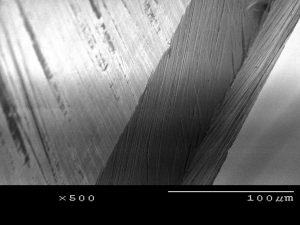Most orders for IN STOCK items placed by 12PM CST M-F ship SAME DAY. Orders for custom items and prints may take additional time to process.
Think of it like the Matrix except there are no humans in tubes, rather your brain is also part of the program.

I would assume in this universe they would stay hands off and simply observe their experiment and the inhabitants would not be told they are living in a simulated reality. They could even run this universe at an incredible rate of speed. One hour in their physical world could be a million years in the simulation and the simulated inhabitants wouldn’t know the difference. A day would still be a day from their perspective.
At some point during their evolution these simulated beings are going to evolve to the point where they question the universe they live in, much like we do. They’re going to start testing their environment and looking for answers to their existence. Most likely some of them will create a God or Gods to worship, while others will find the notion of a God to be absurd. This will lead to experiments and tests.

But because of this reason, the software running the simulation will have to be designed with detection mechanisms that detect when something goes wrong. Maybe it freezes the entire program until its operator can correct the error. Maybe they will log the movements of all simulated beings and determine where they slipped out of the map, and then reverse time until the being is back in the four walls of the environment before starting it again the inhabitants that are living in a simulated reality would be none the wiser.
It’s entirely possible that the beings or machines running the simulators aren’t even human, or some distant relative of humans on the evolutionary chain. In fact, they might not even be three dimensional. They could be 2D or even 10D beings experimenting with a universe that is nothing like the one they live in. The beings that live in a simulated reality could be unrecognizable from their creators.
Assuming for a minute that simulated beings did find a bug in their system, and revealed some of the code they could then determinate how the programming of the system works. Using that knowledge they could do the equivalent of what we know as code injections. This could allow them to change their environment or give someone God abilities. It could even threaten the computer systems of the beings or machines doing the simulation, resulting in a crash that would destroy the simulated beings very existence. Scary stuff! Maybe if we get too smart they will purge us to protect themselves!
So if we are living in a simulated reality, how could we test for it? How could we determine if we are just in a big computer program? We would need to look for bugs and rules. We’ve already talked about the bugs, and what they might look like. If you’ve seen the Matrix you know that Deja Vu is a bug in The Matrix. It’s possible we see bugs every day, but don’t recognize them as bugs in the system, just part of every day life. Simplistically, maybe weeds in our yards are bugs that we’ve just learned to live with because we don’t know any better. Or maybe plant life is supposed to be blue, rather than green.

Scientists recently discovered just this with Greisen–Zatsepin–Kuzmin cosmic rays. They are limited and peak out, just as if there was a max volume of 100 and they reached it. Another example of this is the speed of light. It travels at a constant 186,200 miles per second and nothing in the universe seems to be able to go faster than this. Some have even suggested that the speed of light is the processing speed of the CPU running the simulation (though I suspect the processor would be far abstracted from the emulation software).
So are we living in a simulated reality? What do you think?
If you like our content maybe consider upgrading to Premium. You’ll get access to